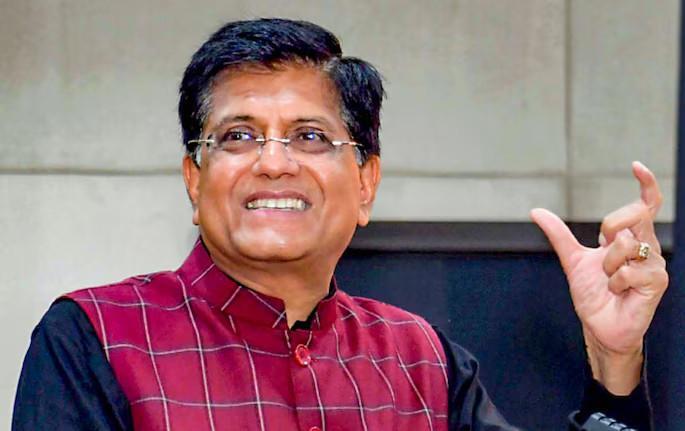
Title: My Leadership is Like Dravid’s, Vembu is Like Sehwag: Zoho CEO
The world of business and sports often intersect in fascinating ways. In a recent interview, Zoho’s new CEO Shailesh Kumar Davey drew an interesting parallel between his leadership style and that of two cricketing legends – Rahul Dravid and Virender Sehwag. The CEO’s statements offer valuable insights into the contrasting approaches he and his predecessor, Sridhar Vembu, took to lead the company.
For those who may not know, Dravid is widely regarded as one of the greatest batsmen India has ever produced. He was known for his discipline, technique, and ability to play prolonged innings. Dravid’s leadership style, according to Davey, is structured and team-oriented. The CEO emphasized that he, like Dravid, focuses on building a strong foundation and playing with the team to achieve success.
On the other hand, Sehwag is a more aggressive and unconventional cricketer who was known for his swashbuckling style of play. He took risks and was willing to go against the norm to achieve success. When describing Vembu’s leadership style, Davey used Sehwag as a parallel, highlighting his predecessor’s willingness to take risks and play aggressively.
This dichotomy is not surprising, given the vastly different personalities and approaches of Dravid and Sehwag. Dravid was a steady and dependable player who consistently delivered, while Sehwag was a more mercurial and unpredictable player who could change the course of a match with his innovative shots.
In the context of Zoho, Davey’s approach as CEO is likely to be more focused on stability and continuity. As a structured leader, he will aim to build on the foundations laid by Vembu and drive the company forward in a measured and calculated manner.
Vembu, on the other hand, was known for his bold and innovative approach to business. As the co-founder of Zoho, he played a pivotal role in building the company into the successful organization it is today. His willingness to take risks and push the boundaries of what is possible is likely to have been a key factor in Zoho’s success.
However, as the company grew and became more complex, it may have become necessary to bring in a more structured approach to leadership. Davey’s appointment as CEO suggests that the company is now looking to build on its existing strengths and take a more measured approach to growth.
It is worth noting that the transition from Vembu to Davey has not been without controversy. Vembu stepped down as CEO in January this year to become the company’s Chief Scientist, a move that was seen by some as a demotion. However, Davey’s appointment as CEO suggests that the company is still committed to Vembu’s vision and values.
In conclusion, the parallel drawn by Zoho’s CEO between his leadership style and that of Dravid and Sehwag offers valuable insights into the contrasting approaches he and his predecessor took to lead the company. While Davey’s approach is likely to be more structured and team-oriented, Vembu’s willingness to take risks and play aggressively will always be remembered as a key factor in Zoho’s success.
As the company looks to the future, it will be interesting to see how Davey’s leadership style evolves and whether he is able to strike a balance between stability and innovation. One thing is certain, however – the legacy of Sridhar Vembu will continue to shape the company’s direction and culture for years to come.






